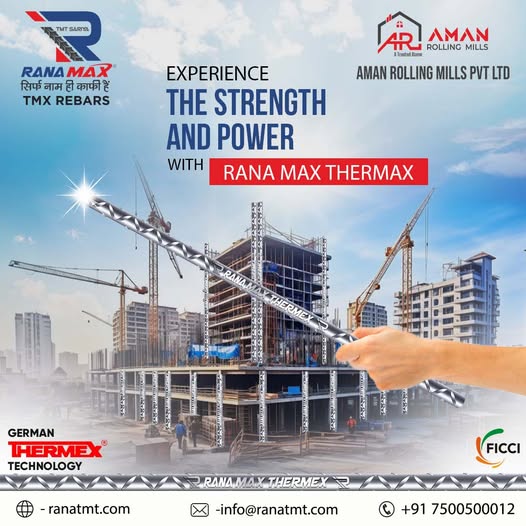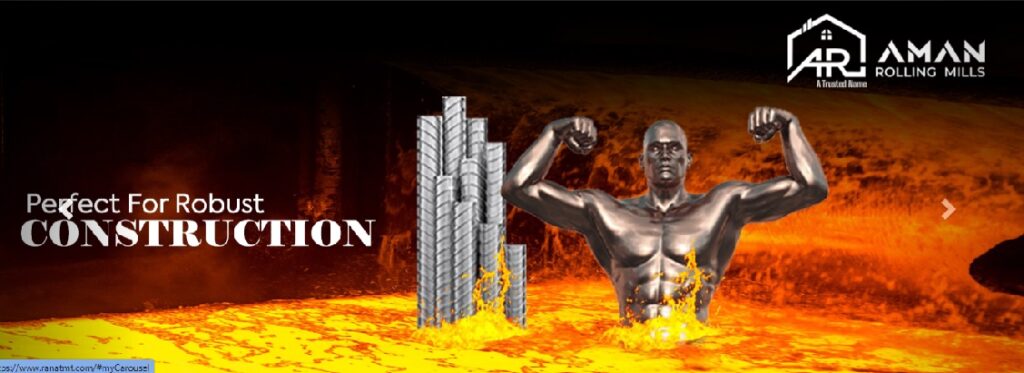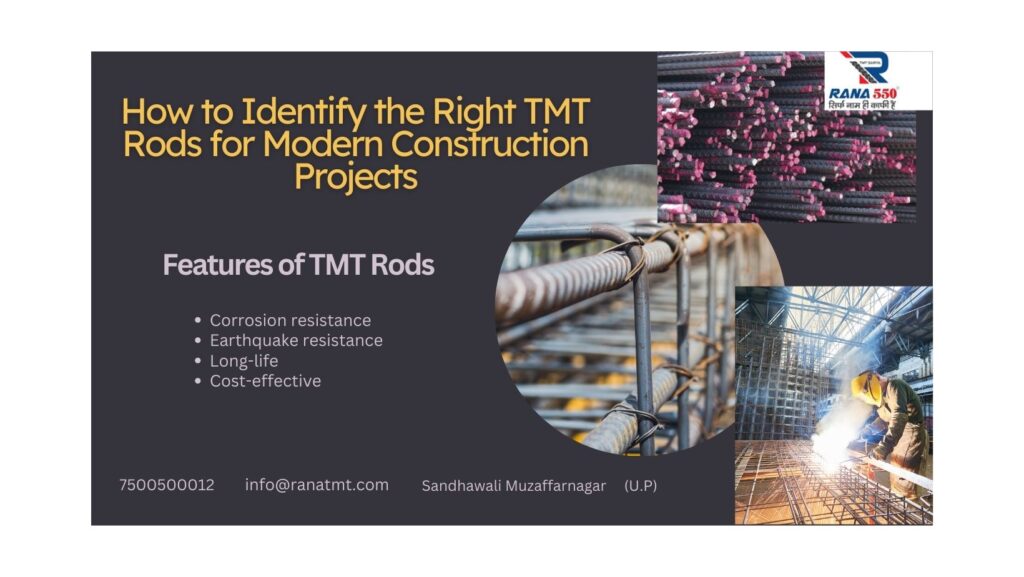Steel is steel, right? Not quite. If you’re building a house, a factory, or even a bridge, choosing the right type of steel can make or break your project—literally. That’s why TMT Rods manufacturers are constantly talking about Thermo Mechanically Treated (TMT) rods as the gold standard in construction. But how exactly are TMT rods different from regular steel? And why do the manufacturers swear by them?
Let’s break it down, simply.
What Are TMT Rods?
TMT stands for Thermo Mechanically Treated steel. It is regular steel that’s been put through an intense boot camp. It’s heated, cooled, and rolled in a way that gives it a tough outer surface and a softer inner core.
The result? A rod that’s flexible yet strong—ideal for construction in earthquake-prone areas (like much of India).
The Problem with Regular Steel Rods
Traditional steel rods or mild steel bars were once the price choice in construction. They’re still used in some smaller projects, but they have a major flaw: they rust easily and lack flexibility. Over time, that means cracks in the building and an increased risk of collapse.
TMT rods, on the other hand, are built to resist rust, fire, and even seismic shock. That’s why almost every modern-day TMT Rod Manufacturers has moved away from regular steel.
Why Manufacturers Push for TMT Rods
The steel industry professionals (we have spoken to several) unanimously declare that TMT rods represent the future of construction. And it’s not just marketing. People in the steel business consistently express their enthusiasm for TMT rods because of the following features:
| Feature | TMT Rods | Regular Steel |
| Higher Strength | Higher yield strength means fewer rods can handle more load. | Lower strength requires more material for the same structural support. |
| Better Bonding with Concrete | Ridges on the surface enhance grip with concrete, boosting structural stability. | Smooth surface leads to weaker bonding with concrete. |
| Corrosion Resistance | Special treatment makes them more resistant to rust and moisture. | Prone to corrosion, especially in humid or coastal environments. |
| Cost-Efficiency in the Long Run | Long-lasting and durable—reduces maintenance and rebuild costs. | Cheaper upfront but may lead to frequent repairs and higher lifetime costs. |
The sustainably maintained TMT bars deliver long-term cost efficiency since they need minimal maintenance, leading to lower restoration expenses. The initial investment cost is lower, but the product requires more maintenance and incurs increased total ownership expenses.
Not All TMT Rods Are Equal
The inside knowledge of TMT Rod Manufacturers reveals that quality is the essential factor. Not every rod labeled as TMT passes through proper testing procedures. The selection of TMT rods should start with BIS certification with brands that share their production process details.
Take Rana TMT, for example. The company established itself as a trusted supplier in India’s infrastructure development through its innovative German-based Quenching and Self-Tempering (QST) technology.
The Bottom Line
When it comes to construction, don’t cut corners on materials. Regular steel may look like a bargain, but TMT rods offer unmatched durability, flexibility, and safety. That’s why TMT Rods Manufacturers across the country—and the globe—are telling builders: go TMT, or go home.
Next time you’re at a construction site or planning your dream home, ask yourself:




